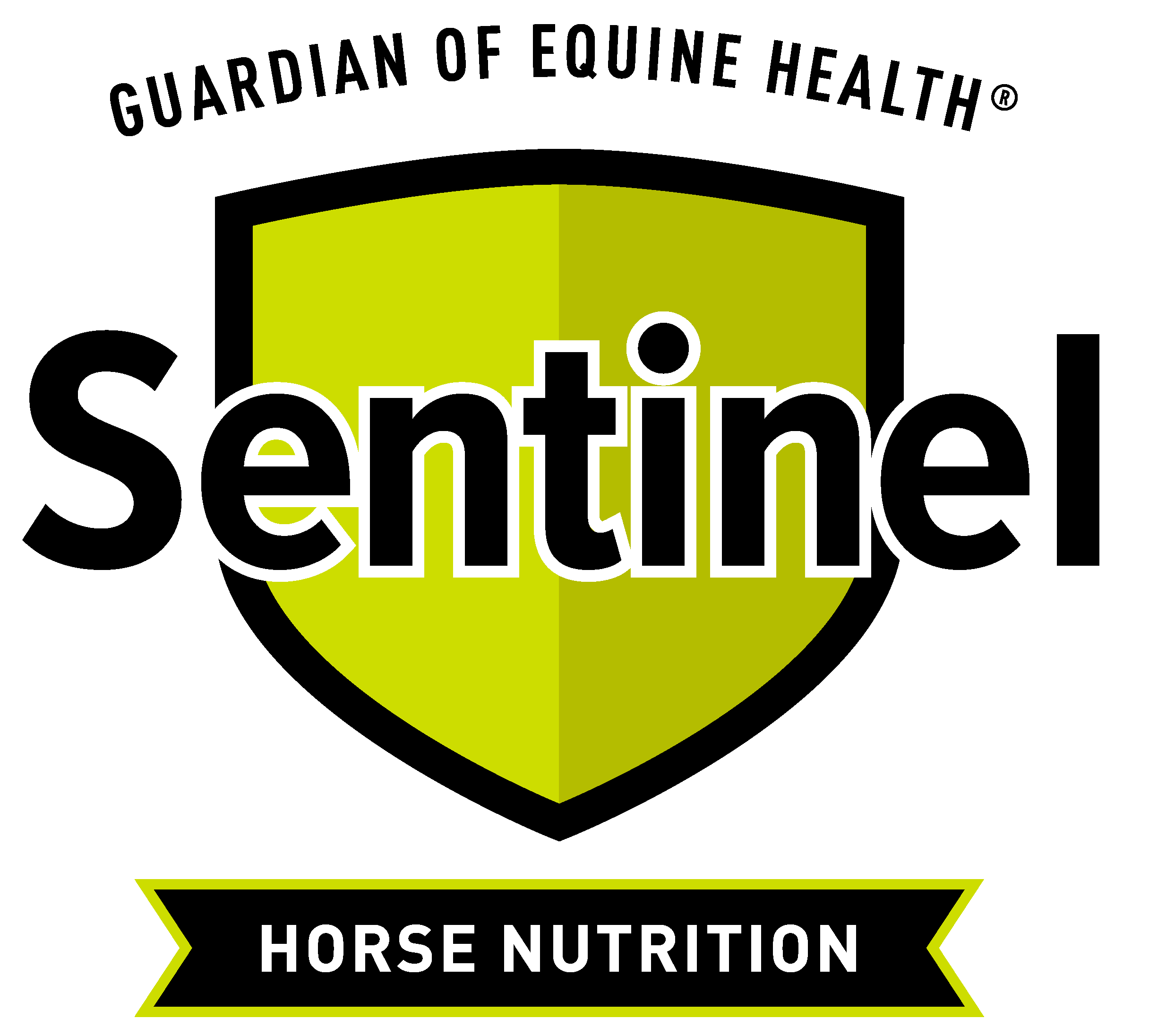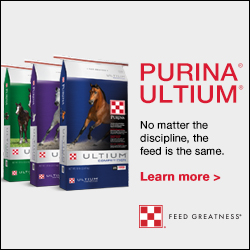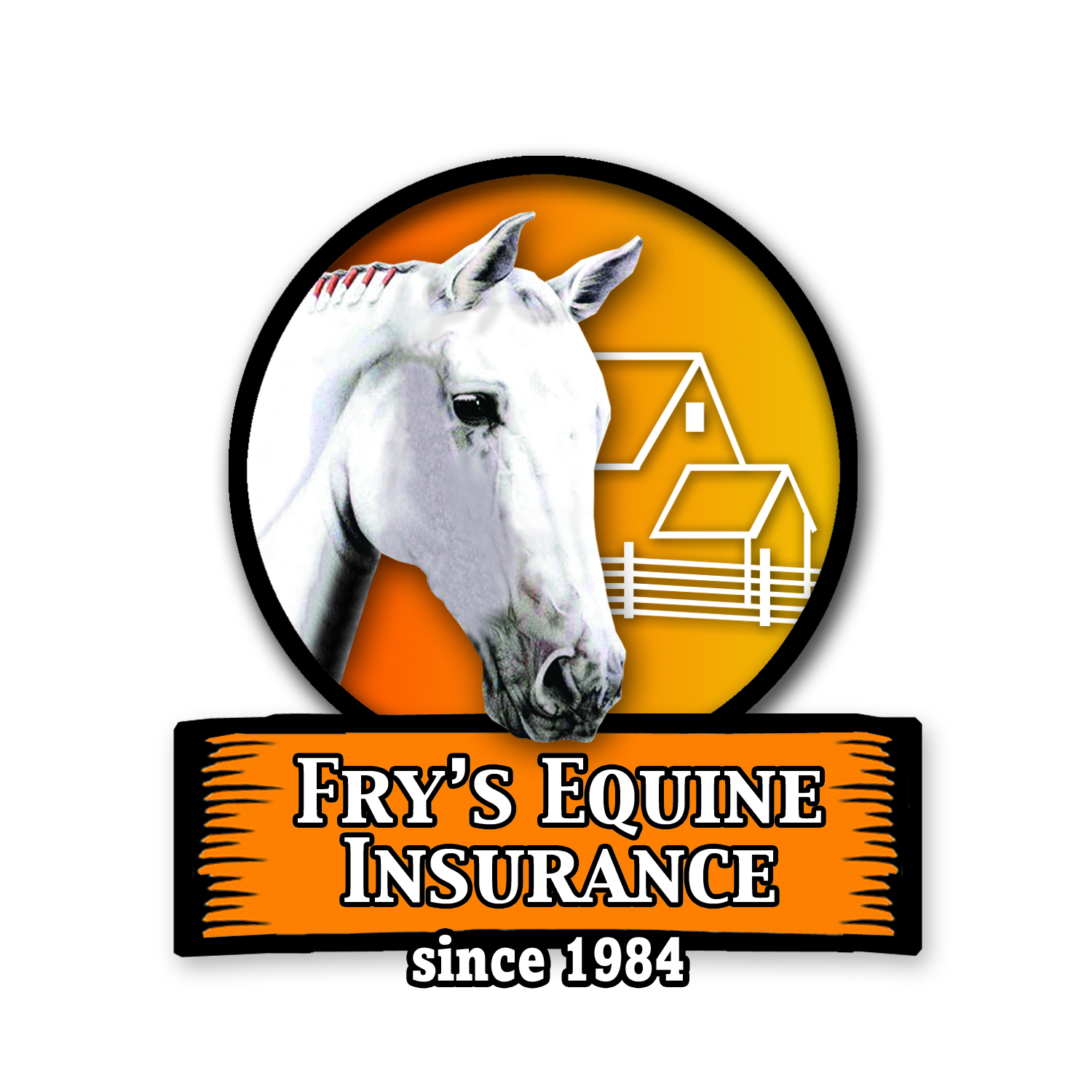Buying a horse is just the start. You need to take care of it and make sure that it’s healthy and maintenance cost can be costly. On the upside, horses are great and enjoyable companions. You can ride them, and you can be their friend. Making sure that they are eating correctly, they have proper shelter, and they are cared for will make them live longer. Read more about them here.
Providing a Great Home for your Horse
The horse should be given proper shelter throughout the year. They might be considered as a hardy animal, but they still need protection against the weather. As with any home, their homes should be dry, warm, and comfortable. You can make a stable beside your home or in your barn to monitor your steed’s activities.
For the bedding, you should get a clean straw, hemp, or wood shavings. Some steeds can sleep fine while they are standing, but some of them sleep better when they are lying down. The bedding should be clean and free from soil. You won’t want to have fungal growth or bedsore problems in the future. Keep the bedding clean and hygienic at all times.
Feeding your Horse
You need to provide your steed with the right food. The average pony can consume about twenty pounds of food every day. They usually have small stomachs so they might want to nibble small amounts of food throughout the day instead of having one or two heavy meals.
You can start by weighing the horse using a scale and see if its weight falls on the average for its age. If you suspect that it is underweight, you should get the help of a veterinarian so that you’ll know the proper amount of food that you should feed. They prefer bale made of alfalfa or grass. Feed them twice a day with grains or oats to maintain their weight.
You need to give them fresh, clean water every day. They need to drink at least 8 gallons a day to maintain hydration. The buckets should be cleaned regularly, and they should be refilled at least twice a day. If you are using a pipe to supply the water to the stables, check them during winter as they can freeze. You may want to place a water heater in the pipeline to keep it from freezing.
Horse Care
It is essential to groom your steed before you ride on it. Grooming will help maintain its healthy coat, and you can check if they have injuries. You can also form a bond with your horse if you groom them often.
When it comes to grooming, you should only use high-quality tools that are safe for your steeds. You can prepare a wide bucket where you can place all the brushes, or you can get one of these kits that can provide you with all the items that you need for essential grooming.
The tools that you need include
- Grooming mitts
- Body Brushes
- Curry Comb
- Soft Bristled Finished Brushes
- Hoof Picks
- Clean cloth or sponges
- Spray and Ointments
- Clippers and Scissors
You can start by cleaning the hooves. Remove the dirt, grit, manure and other things that were lodged on the soles of the feet. You can ask a farrier for more information on what to do if you notice cracks in the walls of the hoofs.
Use the curry combs to loosen the dirt on your steed’s coat. Remove the debris, mud, dust, and grit before making the coat shine. Look for wounds or lesions and make sure to brush gently. You can know more about grooming a horse by research and going into the right site.
Check Your Horse’s Health
Many steeds develop problems, especially when it comes to their feet. Check the feet for rocks and get rid of them. They might cause bruises which can result in thrush, which is a kind of infection. In trimming your steed’s feet, you might want to contact your local farrier for this.
You need to file your domesticated horse’s teeth. This is one of the steps that you won’t want to muss because the teeth can become sharp in no time. Chewing can be difficult and painful if they have sharp teeth, and this can result in loss of appetite. A veterinarian can have a better idea on how to do this if you are in doubt. Check your stallion or mare’s mouth and see if there are problems that need to be immediately addressed.
Do annual checkups with your veterinarian so that he can de-worm and vaccinated your horse. Read more about deworming here: https://www.veterinarypracticenews.com/13-guidelines-to-follow-when-deworming-horses/. If this is your first time, you need to practice parasite control and minimize influence and tetanus. Additionally, the rabies vaccine should also be required.
When they are in the pastures, check and make sure that there are no poisonous plants around. If your horse is acting unusual or you suspect that they might have eaten something deadly, contact your veterinarian immediately. Some of the hazards that you need to watch out for include maple leaves, oak, black walnut, rhododendron, blister beetles, and azalea.
The Basics that You Need to Provide
- Food
- Water
- Shelter
- Exercise
- Paddocks
The Right Time to Take Care of Your Steed
Caring for your steed takes time, and you should have a routine. You can keep a daily, monthly, or annual tasks of what you need to do to care for your steed properly. You might want to invest in a calendar and check with your veterinarian on how things should go. For example, not all horses require trimming every six weeks. Yours may require trimming every two weeks. Some vaccinations are required for the first year, and their teeth should be checked at least once a year.
You also might want to be in contact with other steed owners in your area. They can help you if your vet can’t immediately go to you. When your steed is well taken care of, it will turn out to be the best investment that you’ve made in your life.















